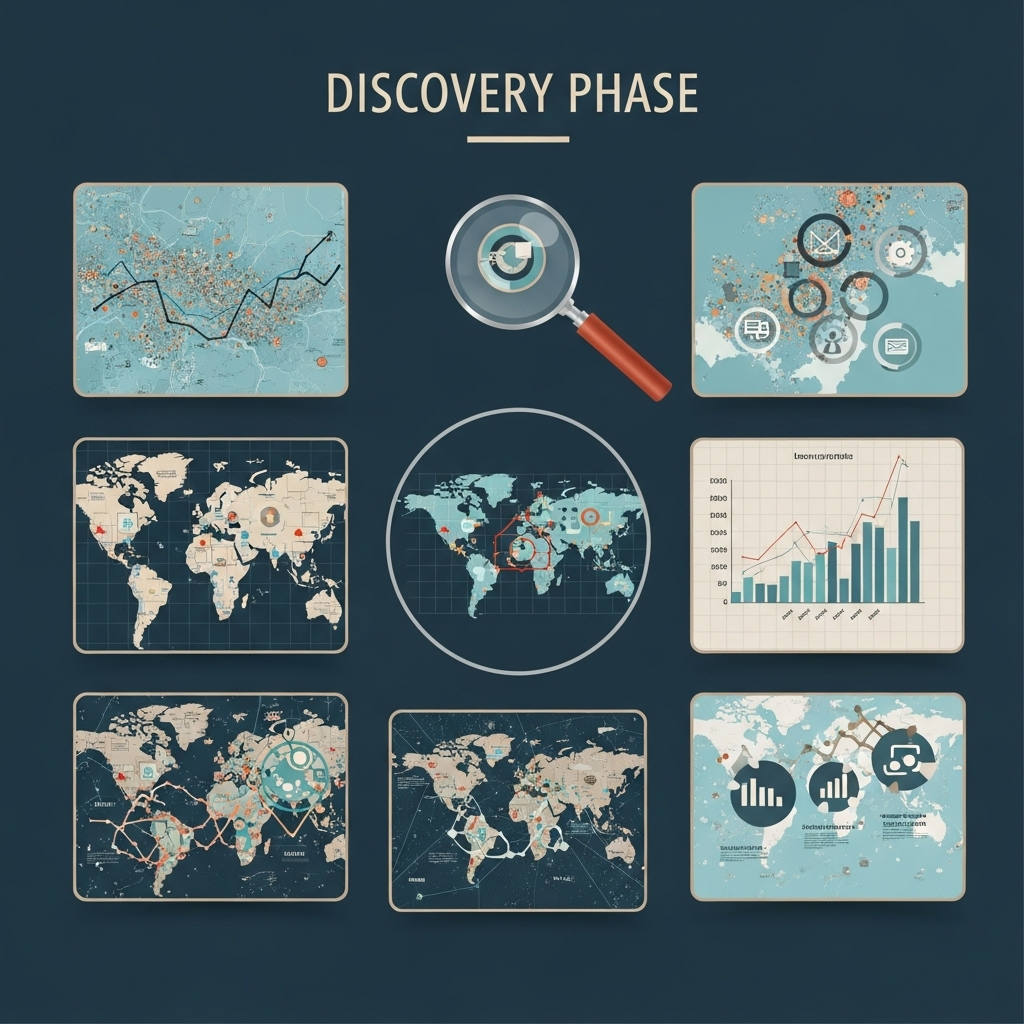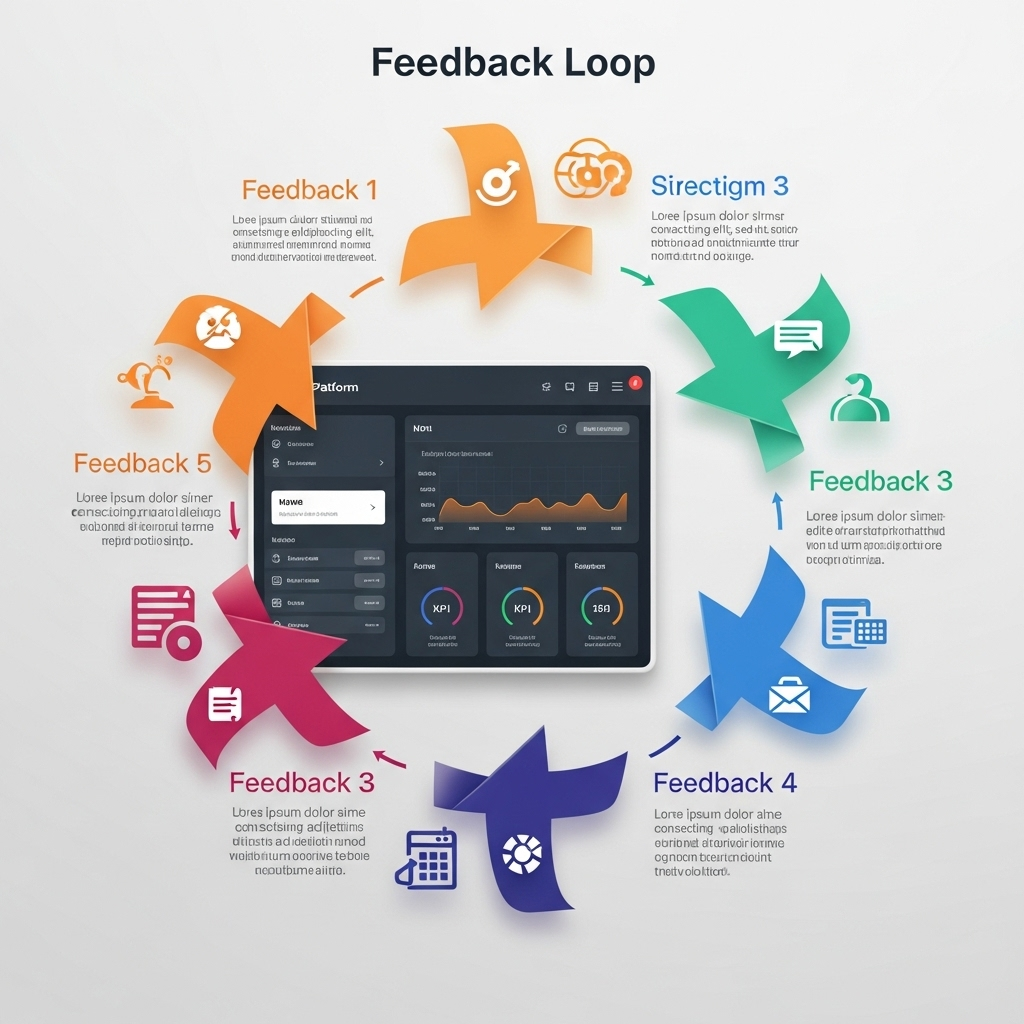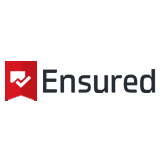Beyond the Standard Solution
The Unique Benefits of a Custom Research Platform for Your Organisation.
Scalability
A standard tool bends or breaks under the pressure of your growing data hunger. A custom platform is designed to scale with your ambitions, from a thousand respondents to millions of data points, without sacrificing speed or stability.
Integration
Your data does not exist in a vacuum. A custom platform seamlessly integrates with your existing systems — whether it's your CRM, ERP, or another business-critical system. This enriches research data with customer data and vice versa.
Ownership
With an off-the-shelf solution, you are essentially renting a piece of software. With custom development, you own it. The logic, the data architecture, and — most importantly — the data itself. You are completely independent and avoid the dreaded vendor lock-in.
Security
For many organisations, research data is extremely sensitive. Custom development gives you ultimate control over security. From data encryption to complex access rights for different user roles, you set the rules. This is not a luxury, but a necessity in a GDPR-compliant world.

The Sum Total: It's Much More Than Just Software
Imagine building a complex engine. You can buy the best individual parts — a powerful piston, an efficient fuel pump, an advanced onboard computer. But if they are not perfectly aligned, the engine will never reach its full potential. It will stutter, be inefficient, and may even seize up. A research platform is that perfectly tuned engine. It is not the collection of individual parts (the tools), but the complete, integrated system that functions as a whole.
Building such a platform is a fundamental choice for the future. It is the decision to no longer view knowledge and data as a by-product, but as the core of your strategy.
What It Ultimately Comes Down To
A central source of truth: It stops the endless discussions about which data is correct. Everyone works from the same, enriched dataset, leading to faster and better decisions.
Strategic independence: Custom development means you are not tied to the roadmap of an external software vendor. You set the course, based on what your organisation needs. This is a significant competitive advantage.
Efficiency at scale: Think of all the hours currently wasted on manually collecting, cleaning, and combining data. A good platform automates this, allowing your valuable analysts to spend their time on analysis, not administration.
Enhanced data security: You have complete, granular control over who can see and do what. For organisations dealing with privacy-sensitive, commercially confidential, or scientific data, this is not a feature, but a basic requirement.
The process is the reward: The journey of development forces you to critically examine your own processes. Just that exercise often yields invaluable insights, even before the platform is in place.
The Journey: From a Vague Idea to a Living Platform.
Building a research platform is not a linear process with a fixed start and end. It is a journey we take together, one that revolves around discovering, building, learning, and evolving.

The Deep Dive (Discovery).
Before a single line of code is written, we talk. A lot. We dive into your organisation. We want to know not only what you want, but especially why. The goal is not to create a list of features, but to truly understand the core of the problem and the opportunities.

Laying the Foundation (Architecture).
With a deep understanding of the 'why', we can start designing the 'how'. How do we structure the data? What security layers are needed? How do we ensure the system can grow with the organisation?

Laying the First Stone (MVP).
We identify the smallest, yet most valuable functionality we can build. The goal is to get something working into the hands of real users as quickly as possible.

A Continuous Cycle (Feedback Loop).
The MVP goes live. We observe how it is used, gather feedback, and use this as fuel for the next development cycle.

Growth and Evolution.
Over time, new data sources are connected, analysis methods become smarter, and users request new ways to collaborate. This is not maintenance; this is innovation.


Ready for the Next Step in Data-Driven Work?
We understand that the step to a custom research platform can feel significant. It raises questions about approach, feasibility, and the business case. That is completely logical. Therefore, we invite you for a conversation. Not to send you a quote right away, but to brainstorm.

The Core of the Matter: What Is a Modern Research Platform Anyway?
It's time to leave behind the traditional definition of 'conducting research' and embrace what an integrated platform can truly mean.
In practice, you often see organisations struggling with a fragmented landscape of tools. A bit of SurveyMonkey here, an Excel sheet there, some loose data from a CRM, and perhaps a separate tool for qualitative analysis. Sound familiar? It works, but it's suboptimal.
A modern research platform is the exact opposite. It is not a standalone tool, but an integrated ecosystem. A central hub where all research data converges, regardless of the source. Think of it as a digital workshop, specially set up for your organisation.
More Than Just Surveys
Quantitative Data: Of course, the classic surveys and polls. But with advanced logic, routing, and personalisation.
Qualitative Data: Think of in-depth interviews that are transcribed and analysed, focus group discussions, or video feedback from users.
Passive Data: Integrations with other systems to measure behaviour without asking directly.
External Data: The ability to import market research reports, demographic data, or even sensor data from physical products.
By centralising these data streams in one place, a 'single source of truth' emerges. And that is the holy grail for any data-driven organisation.
A Platform, Not a Project
What I notice is that the most successful organisations do not view their research platform as a one-off project. It is a living product.

Think First, Build Later: The Strategic Pitfalls in Development
Having a research platform built is a serious investment. The temptation is great to dive straight into the technology, but the biggest risks lie in the phase before that.
Pitfall 1: Vague Objectives
"We want to become more data-driven." That's a wonderful aspiration, but it's not an objective.
Pitfall 2: The User as an Abstract Concept
Who will use this platform on a daily basis? That’s Mark from the analysis department, Chantal from marketing, and external research partners.
Pitfall 3: The 'Big Bang' Approach
The tendency may be to create an all-encompassing plan that solves the entire universe of problems in one go.
Frequently Asked Questions About Research Platforms
Practical answers to the questions we hear most often.
What exactly is the difference between a research platform and a tool like SurveyMonkey?
The difference is fundamental; it's like comparing a hammer to a complete carpentry workshop.
How long does it take to develop a research platform?
That entirely depends on the complexity and the chosen approach. An initial, working version can often be live within a few months.
Is a custom platform not much more expensive than a standard solution?
At first glance, it may seem so. But look at the Total Cost of Ownership and the hidden costs of inefficient processes.
What types of data can I manage on such a platform?
In principle, any form of data that is relevant to your research, both structured and unstructured.
How do you ensure the security of our research data?
We employ a 'security-by-design' approach with data encryption, strict access control, and build according to GDPR principles.
Do I need to be a technical expert to start this process?
Absolutely not. You are the expert in your business; we translate those goals into a robust technical solution.
Can we migrate existing data to the new platform?
Yes. In the discovery phase, we map out what historical data you have and how we can migrate it meaningfully.
What happens after the platform goes live?
Going live is the beginning of a continuous cycle of measuring, learning, and iterating. We will continue to develop the platform together.










.webp)
